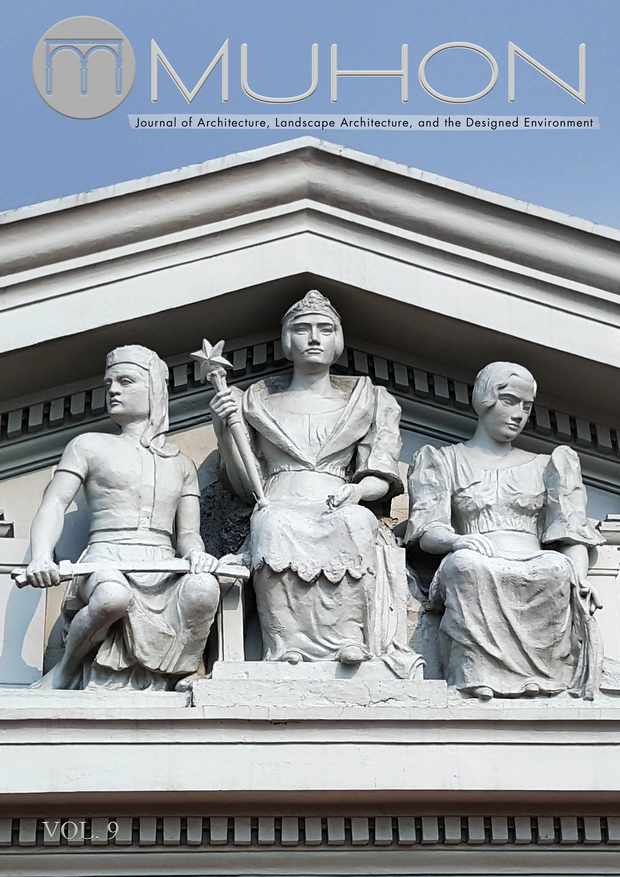Manila: City Beautiful Lost? A Historical and Configurational Analysis of Daniel Burnham’s Proposed 1905 City Beautiful Plan
Abstract
Metro Manila’s contemporary socio-spatial inequities and problems with urbanization are usually traced by popular discourse to the incomplete implementation of Daniel Burnham’s City Beautiful masterplan. This unfinished work is further compounded by the poorly managed post-war reconstruction and haphazard growth of the city into a metropolitan region after independence from the United States. This study reviews the relevant historical timeframes that define the typo-morphological stages of Manila’s spatial development. These stages then become the basis for this study’s use of quantitative spatial network analytical methods under space syntax theory. This methodology is used to understand the Burnham Plan’s spatial network vis-à-vis the city’s prior conditions, and the succeeding post-(non)implementation effects of the Burnham Plan on its eventual expansion outside of the original city limits. This uncovers the underlying spatial configuration of the Burnham Plan’s spatial network, showing how the intent to create a civic core does the opposite and leads to the shifting of spatial network centralities away from the civic spaces proposed by Burnham, and how it creates new latent socio-spatial enclaves in the city. This foreshadows the fragmentation of Metro Manila’s broader spatial network centralities as it grows out of its city limits. This study calls the critical attention of Philippine planning and architecture to add quantitative nuance to the contemporary discourse on Burnham’s City Beautiful Plan for Manila, hopefully to move on from it, and forward to the use of similar quantitative methods in not just researching about, but in planning and designing Philippine Cities.
The copyright for the published work belongs to UPCA and its selected publisher. The contributor is free to publish a modified version of the same article in other publications.
The contributor guarantees that :
- the article does not infringe on the copyright or any proprietary right of any other person
- the article contains no libelous or other unlawful matter
- the article makes no improper invasion of the privacy of any other person.





